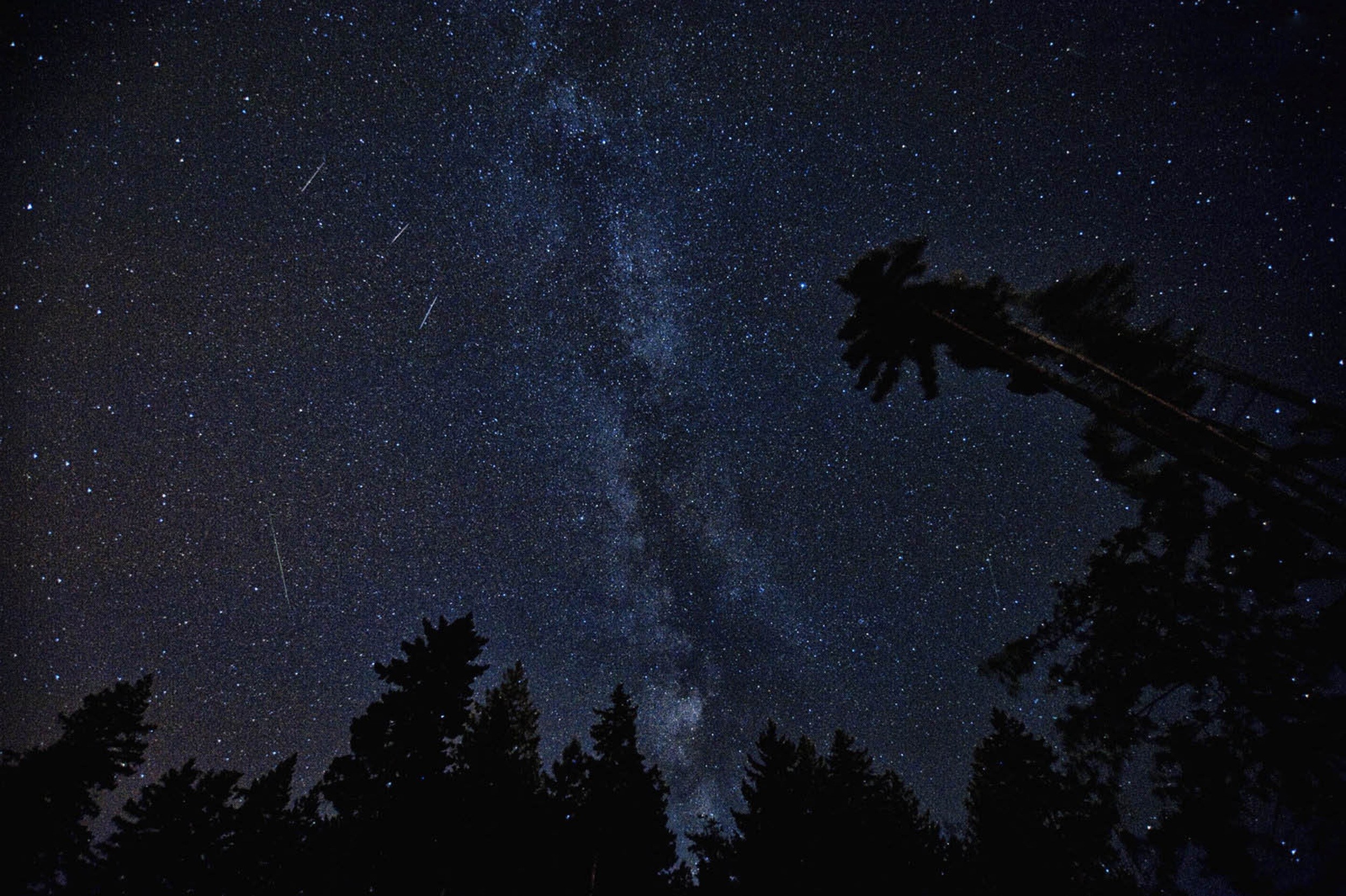Since the beginning of time, humans have found meaning looking to the heavens. Whether using the stars to map a long journey or studying the galaxies to learn more about the infinite universe, a star gaze can instantly fill us with awe, wonder, and a realization of just how much we have yet to see.
At ilumin, we are always looking for ways to dazzle our eyes, and so we took to the sky.
Star gazing is almost a form of time travel. The nearest star to earth, Proxima Centauri, is 4.2 light years away. That means that when you see it, you’re actually seeing what it looked like in 2014. The nearest galaxy is 2.5 million light years away, meaning that you’re seeing what it looked like when early hominids walked the earth.
It’s just a flashback.
There are so many things we will never know about our very own galaxy, let alone the billions of identifiable ones spinning out into infinity. But isn’t it human nature to want to know the unknowable? The first step to learning, is to look!
What Do I Spy?
The average human eye is incredible in its power. Across a flat distance, you could see the flicker of a candle 30 miles away. It sounds impressive until you compare it to the fact that the naked eye can also spot the Andromeda Galaxy, a mere 2.6 million light years away. Your eyes can look far into the past with an upward glance. And while you gaze, those eyes will seek what they know. They will quickly spot the moon, the sun, and a sprinkling of stars – But if you train the eye to look deeper, what might you find?
Planets
Depending on the day, and the strength of your telescope, you can see Mercury, Mars, Venus, Neptune, Jupiter, Uranus, and Saturn from where you are right now. On July 27, Mars will be at the brightest it’s been since 2013, and won’t be as bright again until 2035. To find which planets are visible to you and when, check out https://www.timeanddate.com/astronomy/night/usa/omaha
Constellations

The International Astronomical Union recognizes 88 constellations. You might be able to easily spot the big or little dippers, or point out Orion’s Belt, but can you find Cassiopeia in her inverted throne, doomed to an eternal headache? Can you find the curving tail of Scorpius, or the locked heads of Gemini? Find guidance with SkyView Lite, the free app for IOS. Get it at https://itunes.apple.com/us/app/skyview-lite/id413936865?mt=8
Perseids

If you’ve been holding onto your wishes, the night of August 12th will be the night to take them to the stars. A Perseid shower will rain up to 60 shooting stars per hour over the Northern Hemisphere. The thin crescent moon will set in the early evening, creating a moonless sky for the most dazzling display.
Comets
According to projections, Comet 46P/Wirtanen should reach its closest approach to the sun on December 12. If predictions are correct, it will travel through the constellation Taurus, and be the brightest comet seen from the Northern Hemisphere in more than 5 years.
I Spy With My Little Eye…

Photo Credit: Nebraska Star Party
On a clear, dark Nebraska night, a star gaze will reveal thousands of heavenly bodies we can see with our naked eye! The further you find yourself from the city lights, the brighter the stars will shine. Every year, the small town of Valentine, Nebraska hosts thousands of people seeking the dark refuge of Merritt Reservoir and Snake Campground. The camp grounds and zero-light policy ensure a blanket of stars, and with the proper equipment, swirling galaxies and solar spectacles.
Once a year, Nebraska Star Party hosts a 5-day celestial celebration from August 5th to the 10th. NSP offers classes, equipment rentals, and guided viewing over 20 acres of campground.
To learn more about these events and to register for your camp ground (or find a nearby B&B) visit NSP’s website at http://www.nebraskastarparty.org/
See Far, Stay Near
If a 2-and-a-half-hour drive to the middle of nowhere to see the stars isn’t in your time budget, explore the furthest reaches right here in town! The Mallory Kountze Planetarium at 6001 Dodge st offers memberships, classes, and camps to make your world a little bigger by looking just outside of it. Aim For The Stars is a camp designed for little star gazers, and is hosted by The University of Nebraska at Omaha Physics Department.
To request membership information and Planetarium schedules, email [email protected]
If you’d like to make an afternoon of it, a short trip to Lincoln’s Mueller Planetarium from now until May 27 will lead you beyond Elmo’s World. One World, One Sky, Big Bird’s Adventure will be showing on weekends with a special showing Saturdays at 10am for children aged 2-4. Your child’s favorite furry monsters will take them on an easy to understand journey that will spark their imaginations and dazzle their eyes! For pricing and admission, visit http://www.spacelaser.com/info.html
You trust us to take care of your eyes, now open them to the world around you, and to worlds beyond!






